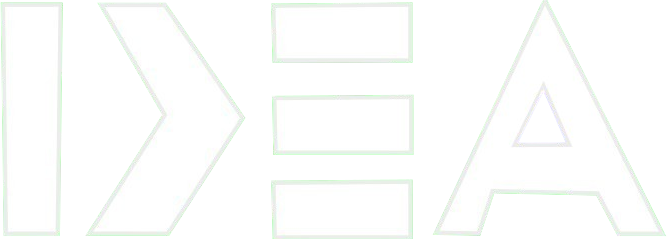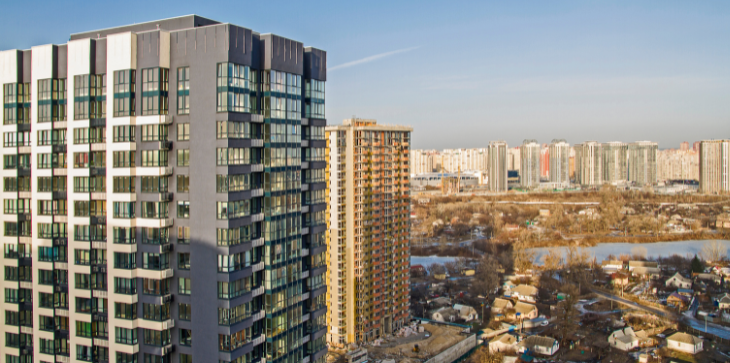Unveiling the Role of IT in Sustainable Urban Development
Urban development has always been central to human progress. Today, with cities expanding rapidly, sustainable solutions are essential for urban growth. Information technology (IT) plays a pivotal role in ensuring this development remains sustainable. By integrating advanced technologies, cities can improve resource management, enhance quality of life, and address environmental concerns.
Understanding IT’s Role in Urban Development
IT provides tools and systems that enable efficient urban planning. For instance, smart city technologies leverage data analytics to optimize transportation, energy, and waste management. These innovations not only enhance operational efficiency but also reduce carbon footprints. Additionally, IT facilitates citizen engagement through digital platforms, fostering community involvement in sustainability initiatives.
In sustainable urban development, IT bridges the gap between ambition and action. It empowers governments and businesses to track progress and implement scalable solutions. Moreover, it supports decision-making processes by providing real-time data insights.
Key Applications of IT in Sustainable Cities
To achieve sustainable urban development, cities adopt IT across various domains. These applications focus on enhancing infrastructure, reducing environmental impact, and promoting inclusivity.
- Smart Transportation Systems IT enables the development of smart transportation systems that optimize traffic flow and reduce emissions. Real-time data from sensors and GPS devices guide drivers to less congested routes. For example, adaptive traffic signals adjust timings based on current traffic conditions, minimizing delays and fuel consumption.
- Energy Management IT-driven energy systems integrate renewable energy sources with urban grids. Smart meters monitor energy usage, helping households and businesses reduce consumption. Furthermore, AI algorithms predict energy demand, enabling better resource allocation.
- Waste Management Advanced IT solutions enhance waste collection and recycling processes. IoT-enabled bins notify authorities when they need emptying, preventing overflow. Additionally, data analytics identify areas with high waste generation, allowing targeted interventions.
- Water Resource Management IT supports efficient water management through smart irrigation systems and leak detection technologies. These innovations ensure water conservation while maintaining supply reliability.
- Urban Safety and Security Surveillance systems powered by IT improve urban safety. AI-driven tools analyze patterns to predict potential security threats. Emergency response systems also benefit from real-time communication and coordination enabled by IT.
Case Study: Sustainable Urban Development in Barcelona
Barcelona is a prime example of how IT drives sustainable urban development. The city implemented a comprehensive smart city initiative that transformed its infrastructure and services.
Challenges Faced:
- High levels of traffic congestion causing pollution.
- Inefficient waste management systems.
- Rising energy demands from a growing population.
IT Solutions Implemented:
- Smart Transportation: Barcelona introduced smart parking sensors that guide drivers to available spots, reducing time spent searching for parking. This system lowered fuel consumption and emissions.
- Energy Efficiency: The city deployed smart lighting systems that adjust brightness based on pedestrian activity. These lights reduced energy usage by 30%.
- Connected Waste Management: IoT-enabled bins communicated fill levels to waste collection teams, streamlining the process and reducing operational costs.
Outcomes Achieved:
- A 21% reduction in air pollution within five years.
- Significant energy savings across public infrastructure.
- Improved quality of life for residents through efficient urban services.
Barcelona’s experience illustrates how IT solutions address urban challenges while fostering sustainability.
Read Also : decoding-the-impact-of-blockchain-beyond-cryptocurrencies
Overcoming Challenges in IT Integration
Despite its benefits, integrating IT into urban development poses challenges. These issues range from technological barriers to policy and funding constraints. However, proactive measures can mitigate these obstacles.
- Addressing Technological Gaps Many cities lack the infrastructure required for IT-driven solutions. Investments in broadband networks and IoT devices are essential. Partnerships between governments and private sector players can accelerate these developments.
- Ensuring Data Security and Privacy IT solutions rely heavily on data, raising concerns about privacy. To build trust, cities must implement robust cybersecurity measures. Transparent data policies also help gain public confidence.
- Securing Funding Sustainable urban development often requires significant financial resources. Governments can explore public-private partnerships (PPPs) to share costs and risks. Additionally, international grants and loans support IT projects in developing cities.
- Fostering Stakeholder Collaboration Successful IT integration demands collaboration among various stakeholders, including governments, businesses, and citizens. Regular engagement and clear communication ensure alignment of goals.
The Future of IT in Urban Development
As technology evolves, IT’s role in sustainable urban development will expand. Emerging innovations like 5G, blockchain, and AI promise to revolutionize urban systems.
- 5G Networks: Faster connectivity enables seamless communication between devices, enhancing smart city functionalities. For example, autonomous vehicles rely on real-time data exchange facilitated by 5G.
- Blockchain Technology: Blockchain ensures transparency in urban governance. It secures transactions and data sharing, fostering trust among stakeholders.
- Artificial Intelligence: AI-driven predictive models help cities plan for future challenges. For instance, machine learning algorithms predict population growth and resource demand, guiding urban planning.
- Green IT Practices: Future IT systems will emphasize energy efficiency and minimal environmental impact. Sustainable data centers powered by renewable energy are a step in this direction.
Sustainable urban development relies heavily on IT for its success. By leveraging smart technologies, cities can address challenges in transportation, energy, waste, and safety. The case of Barcelona demonstrates the transformative impact of IT in creating efficient and sustainable urban systems.
As cities face growing populations and environmental pressures, IT offers scalable solutions. However, overcoming barriers such as technological gaps and funding constraints remains critical. Through collaboration and innovation, IT can pave the way for greener, smarter, and more inclusive urban spaces.
Ultimately, the integration of IT in sustainable urban development is not just a choice but a necessity. It ensures cities are equipped to meet the demands of a dynamic, digital future while safeguarding the planet for generations to come.





